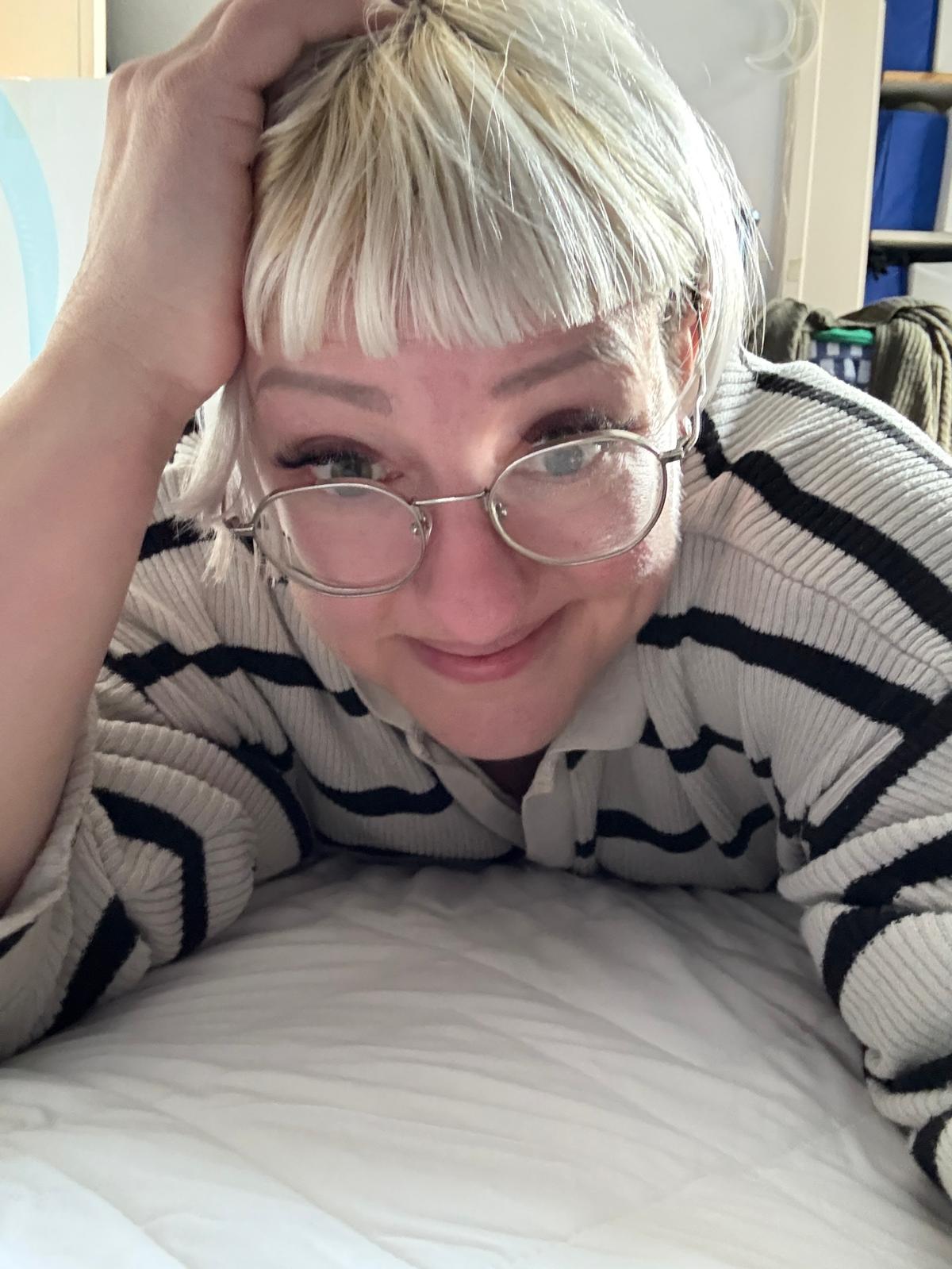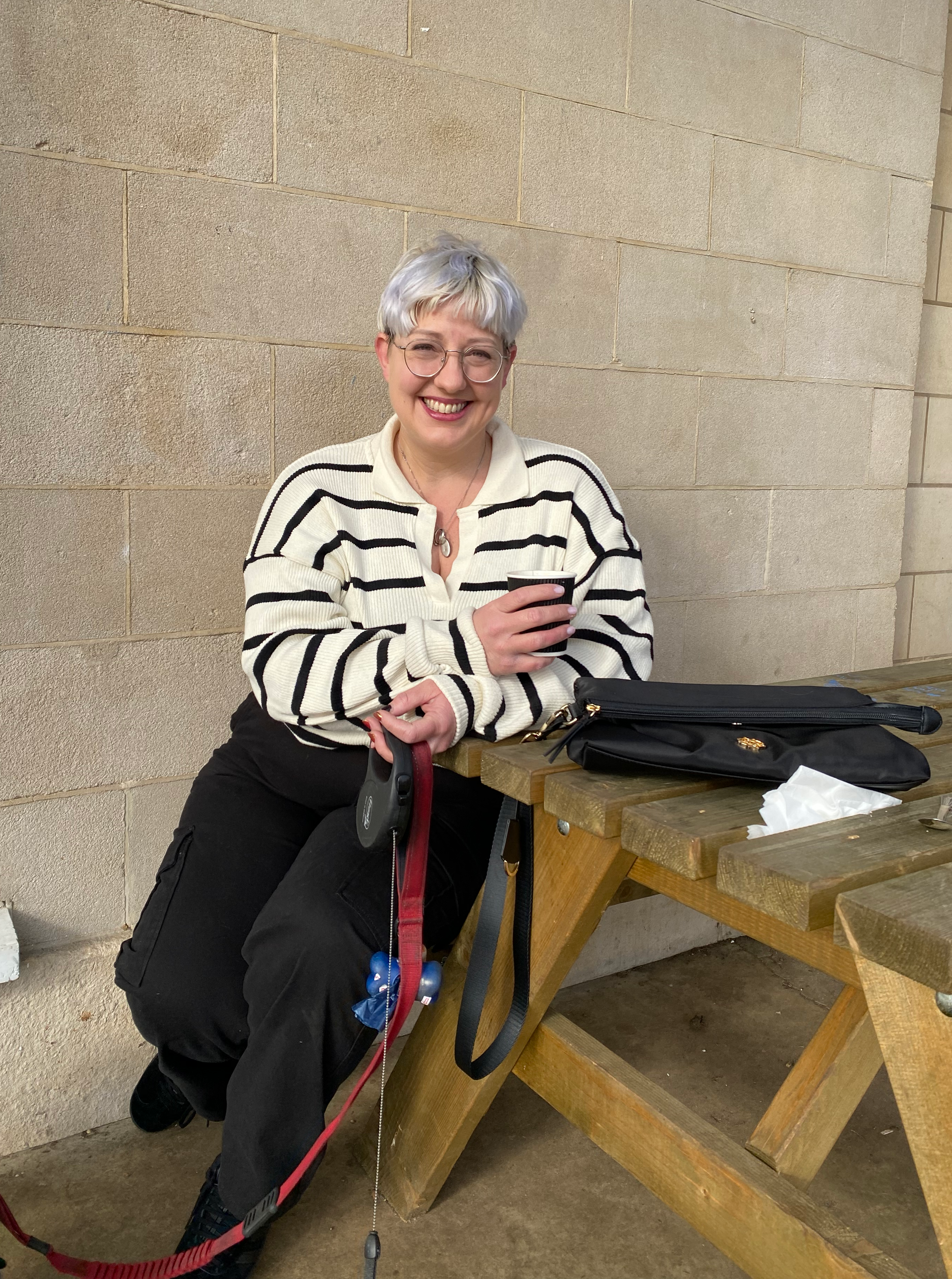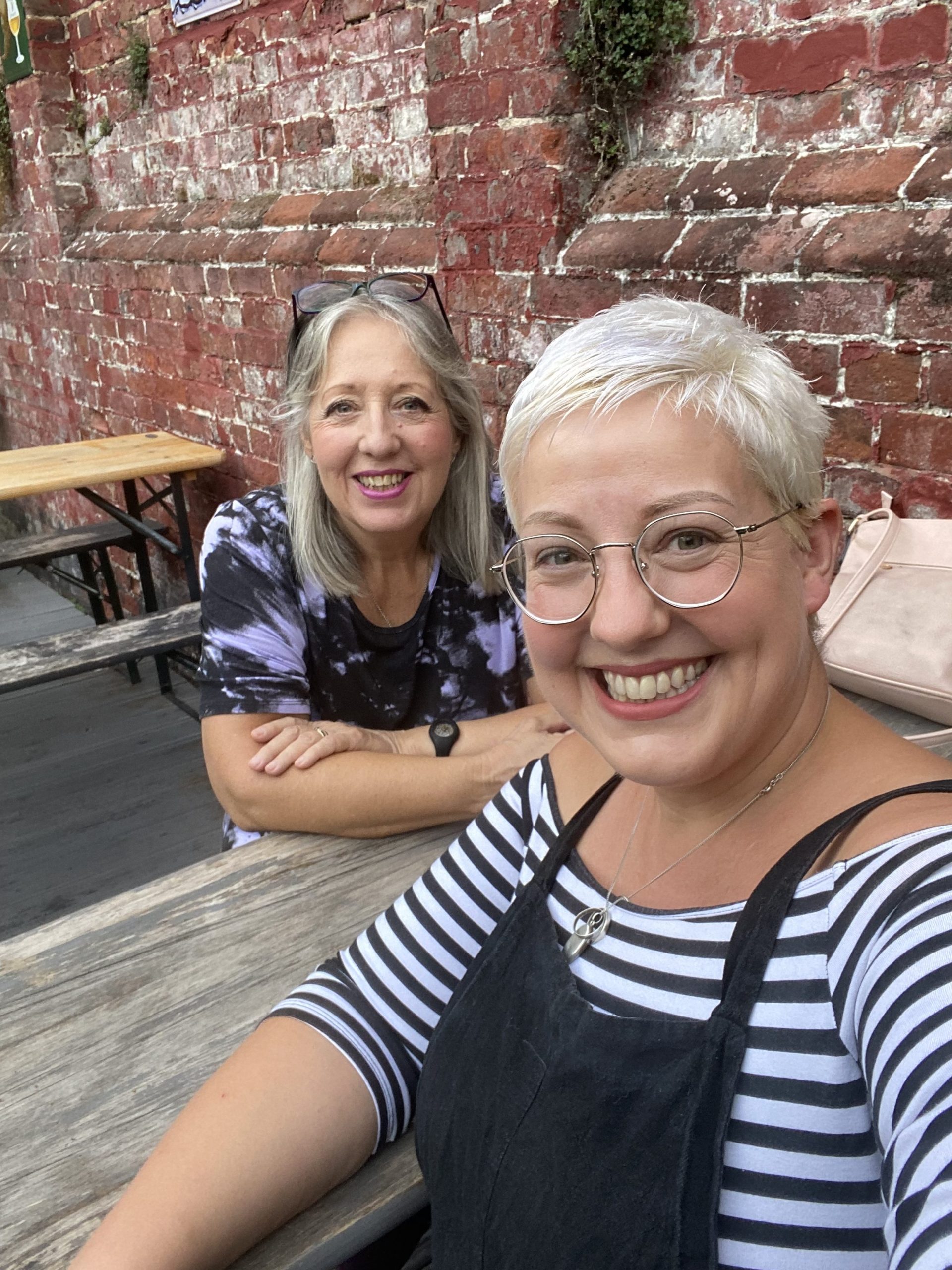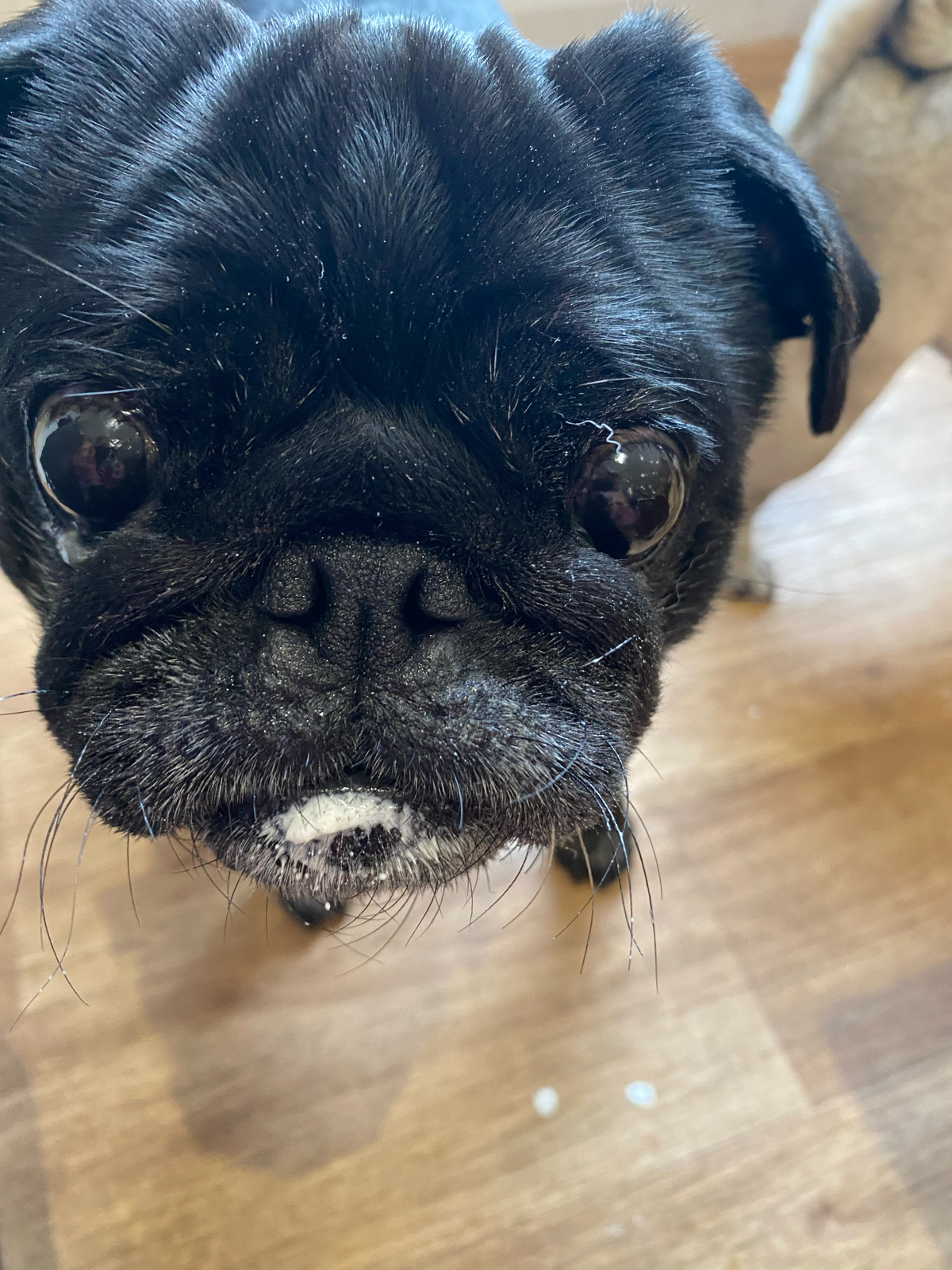Something of a minor storm in a Champagne coupe has been brewing over the last few weeks.
Marks & Spencer have apparently ditched their “too glam” models for a selection of “real women” in sizes 8-16 to promote their new shapewear lingerie range.

But apparently these “real women” aren’t “real” enough. So The Sun published an article showing some more “real women” and their wobbly bits in M&S undies, and then the Daily Mail published an article with a Doctor saying at least 3 of the women in the M&S ad were overweight and promoting them as “real” was setting a bad example in a world where obesity is becoming a very real epidemic.
Predictably the comments under each article were full of vile nonsense about “fatties” as well as people insisting that every woman in the article was beautiful in her own way.
But is the latest fashion for “real women” to promote clothes warping our sense of what “real” actually is, or should be?
According to Plus model magazine “20 years ago the average fashion model weighed 8% less than the average woman. Today she weighs 23% less”
The suggestion behind the article is that we should be using larger models to display clothing, however this gallup poll shows that womens weight, as self reported, increased by a stone in the 17 years from 1990 to 2007. So is that 23% gap caused by our increasing weight, rather than the decreasing weight of models?
Of course we want to see different body shapes and sizes represented. Large breasts, small waists and rounded hips as well as small breasts, and narrow waists with a low waist to hip ratio. Pear shapes, apple shapes, long legs, short legs, these are all genetic factors over which we have little control and excluding them from representations in the media as they’re not fashionable can be immensely damaging when we don’t see our bodies represented.
But is demanding the use of overweight models in reality just as damaging as using underweight models? Has fashion caused us to lose all sense of what under and over weight actually mean and how they relate to us?
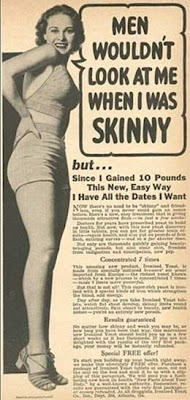
We in the “vintage” fashion sector can sometimes get a bit smug about our acceptance of curves and different body shapes, Tuppence Ha’penny wrote an excellent piece back in July on Vintage vs Body Image, so I won’t repeat it here, but we’re just as guilty as any other sector of the fashion world of lauding certain body shapes over other.
It’s generally accepted that there is an ideal range of weight in which our bodies function better, there is less pressure on our hearts and on our joints. Being above and below these weights doesn’t mean you automatically develop heart disease and sit on the sofa stuffing pizza into your mouth in front of Jeremy Kyle, or even that you develop osteoporosis and all your hair falls out while you browse pro-ana sites and nibble a lettuce leaf, but it does mean your body has to work harder to keep going.
I’ve talked before about the health risks of being overweight and about our warped relationship with “fat” and “thin” (which is a far broader spectrum than we’re lead to believe, you really might not be as fat as you think), but focusing on body size as a fashion issue is just another way of comodifying women’s bodies and avoiding discussions about how we can live healthier, happier, longer lives.

Claire Sweeny is actually within the healthy weight range in both of these pictures.
We live in a world where it’s far easier to be overweight. Trust me on this as I AM overweight. The world constantly pushes food at us and willpower is a finite resource. Less exercise, easier availability of high fat foods and a high pressure “on the go” culture where dinner isn’t expected to take more than 10 minutes to prepare before we’re back out the door means we’re all getting bigger. It’s not necessarily our fault but accepting that and blaming fashion models for making us feel bad surely isn’t the answer?
Using euphemisms such as “curvy” and “full figured” are ways of covering up our discomfort with calling people overweight. Accepting overweight as the norm could be damaging our health. It’s perfectly possible to be curvy and a size 8, as well as as a size 18 with a straight up and down figure without a curve in sight.
Fashion models have always been aspirational, they are chosen for their jobs because of their desirable look that sells clothes to women who think that just maybe they’ll look that good in that dress. But as the gap between the fashion models and the average women grows, and the struggle to stay within our healthy weight range often seems insurmountable in the modern world, it becomes far easier to shout down fashion models that are no longer aspirational versions of “real women”, but an unattainable ideal that in the “real” world requires unimaginable levels of self control and forward planning as well as incredibly good genes.

